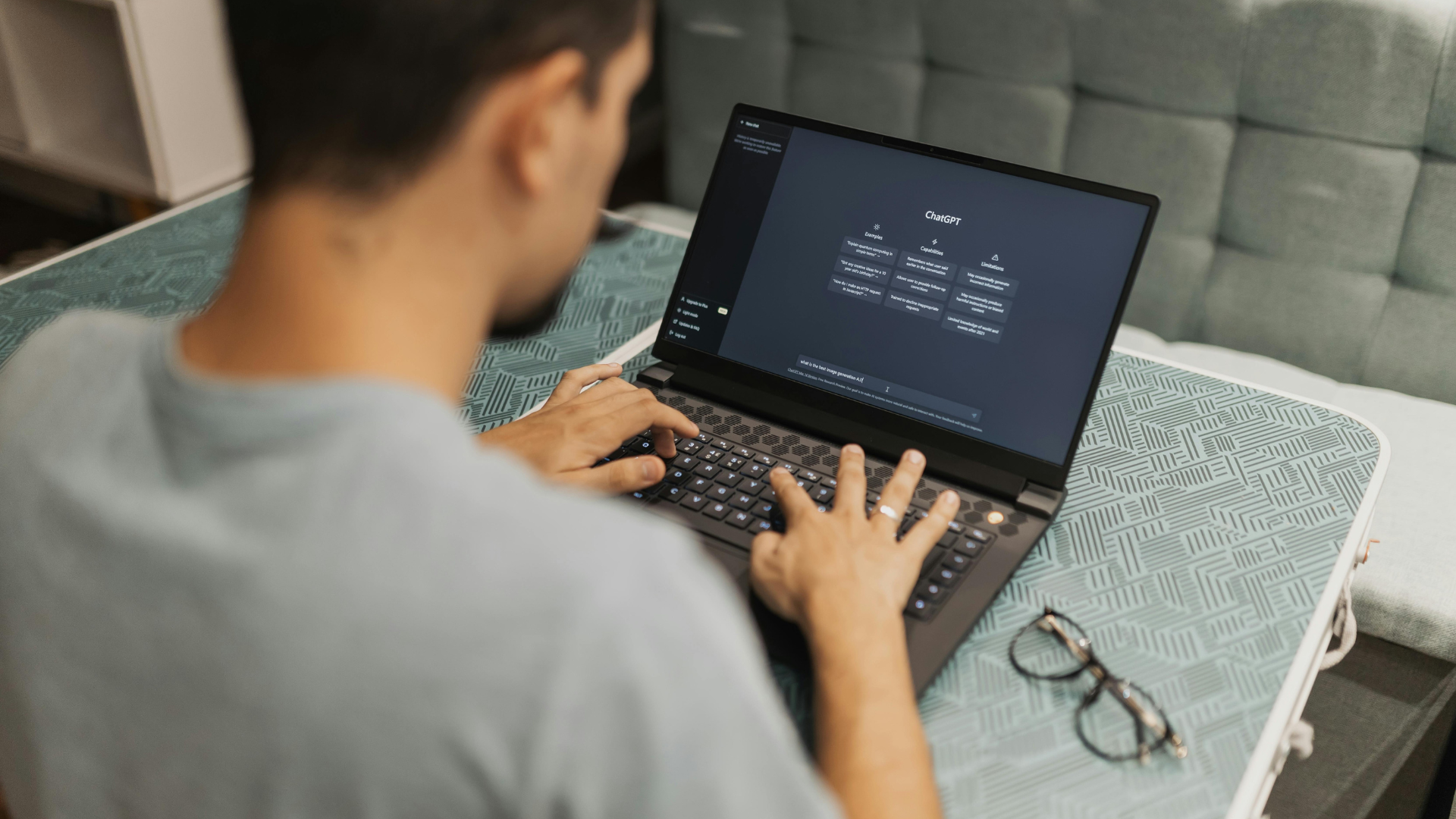Burnout crisis: What is driving this rise in Australian workplaces?
Liz Punshon • November 23, 2025

Burnout has become a defining workplace challenge for Australians heading into 2025. As economic pressures combine with growing workloads and shifting expectations, many people are finding it increasingly difficult to maintain balance. The pace of work has accelerated, and the emotional load carried by employees is rising alongside it. Whether it is the weight of performance expectations or the complexity of juggling competing priorities, the signs of exhaustion are becoming harder to ignore.
While burnout is often treated as a personal issue, the current surge highlights how structural and environmental factors play a powerful role. Many employees are navigating workplaces where demands increase faster than resourcing improves, and where communication is not always clear enough to support wellbeing. Outside of work, family responsibilities, financial pressures and lifestyle demands add layers of stress that make recovery difficult. The result is a workforce that feels stretched, fatigued and uncertain about how to restore balance.
Recent findings show the scale of the issue. 45% of Australian workers report feeling somewhat or extremely burnt out as they head into the new year, prompting organisations to reconsider how they support their teams and respond to the mounting strain. Workplaces are now being challenged to examine the root causes of burnout and take meaningful steps to reduce it.
“Burnout can really relate to what's happening in your workplace, but also the stresses and pressures that we have outside of work.”
On a recent Australia Market Update, Host Liz Punshon was joined by Guest Dr Jo Braid to explore what is driving this rise in burnout and how organisations can respond constructively. Dr Jo shared that the current level of burnout does not surprise her, noting that in healthcare, the rate reaches around 67%. As she explained, “people who I talk to, like parents at school and friends and colleagues, it would be that kind of number.” Liz also reflected on the pace of the year, observing that “it feels like there's a lot to do crammed into the weeks leading up to Christmas as that hard deadline isn't there.”
Workload emerged as the most significant driver, particularly during peak periods. Dr Jo explained that “increased workload is probably the number one burnout risk factor in the workplace,” pointing to seasonal spikes like Black Friday sales or end of school events. She noted that around 80% of burnout risk stems from the workplace itself, including lack of support, limited recognition, fairness issues and conflicting values. These structural factors compound the sense of overwhelm employees experience, making it more difficult for them to recover.
But what are the early warning signs to look out for? Dr Jo outlined physical indicators such as headaches and disrupted sleep, noting that “we're running a very high level of cortisol... and it can reduce our immune function.” She then highlighted behavioural signs including procrastination, reduced performance and coping behaviours like excessive scrolling or binge watching. Emotionally, she said that individuals in burnout often feel complete exhaustion, lose motivation and become more isolated from their teams.
The impact extends beyond individual well-being. Burnout significantly affects organisational performance, with Dr Jo explaining that the cost to Australian businesses reaches billions each year. She shared that many employees respond by wanting to quit, saying, “I'm going to quit and the next job will be better,” though she noted this is not always the solution. Burnout can also trigger or worsen mental health conditions, particularly among those predisposed to anxiety or depression. The long-term effects on performance, engagement and retention make early intervention essential.
As the conversation moved towards solutions, Dr Jo emphasised that one of the most meaningful changes an organisation can implement is building a culture of open communication. She explained that “having a culture that supports open communication and transparency is so important,” especially for high-performing employees who want constructive feedback. Liz agreed, noting how valuable it is when leaders create space for honest conversations that prevent issues from escalating. Social connection also plays a strong role, with Dr Jo suggesting that even one-off events can strengthen relationships and improve team cohesion.
Leadership modelling was also highlighted as a critical factor. Dr Jo urged organisations to encourage self-care not only through policy but through action, saying that “nobody else can do our self-care... but when you've got leaders who model their own self-care, they have some clear boundaries.” She pointed to simple but powerful actions such as prioritising sleep, avoiding emails late at night and making time for movement or connection. When employees see this behaviour modelled, they feel permission to do the same.
What steps can organisations take right now to reduce burnout?
- Set clearer workload boundaries and adjust priorities during peak periods
- Encourage more open and regular conversations about pressure points
- Strengthen recognition practices so employees feel valued
- Provide opportunities for team connection to rebuild community
- Model healthy boundaries at leadership level to reinforce balance
Find the job you love I Find the right talent
Get in touch with people2people
Australia
I
United Kingdom
In business since 2002 in Australia, NZ, and the United Kingdom, people2people is an award-winning recruitment agency with people at our heart. With over 12 offices, we specialise in accounting and finance, business support, education, executive, government, HR, legal, marketing and digital, property, sales, supply chain, and technology sectors. As the proud recipients of the 2024 Outstanding Large Agency and Excellence in Candidate Care Awards, we are dedicated to helping businesses achieve success through a people-first approach.






